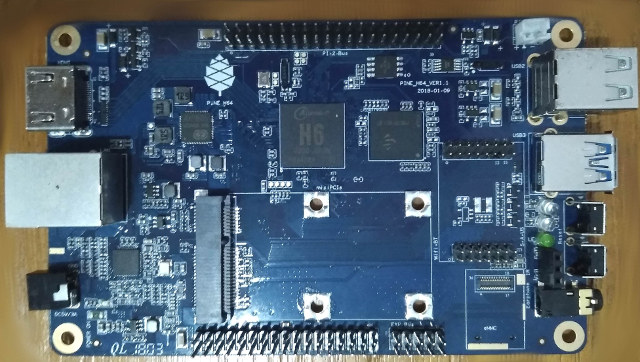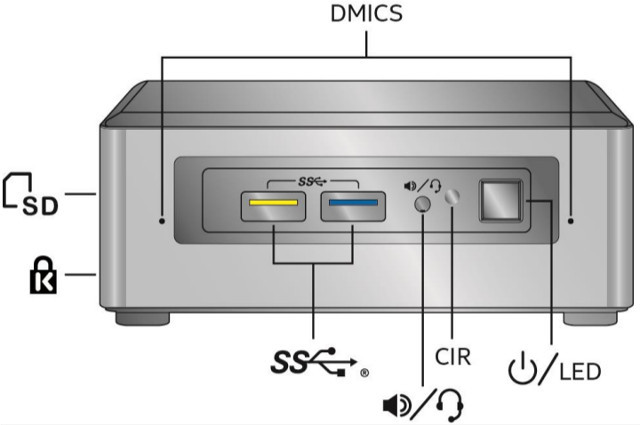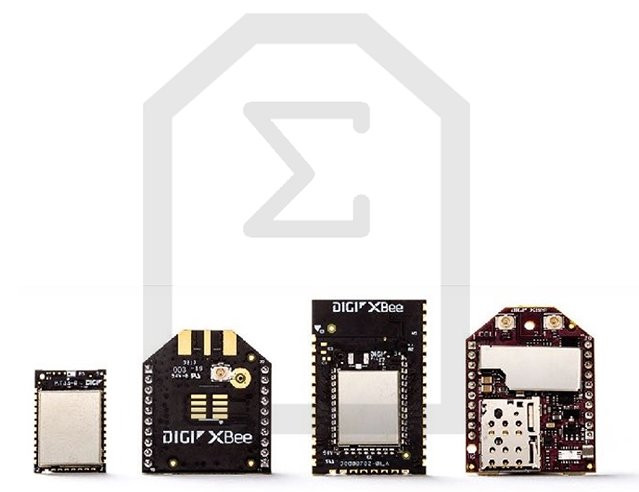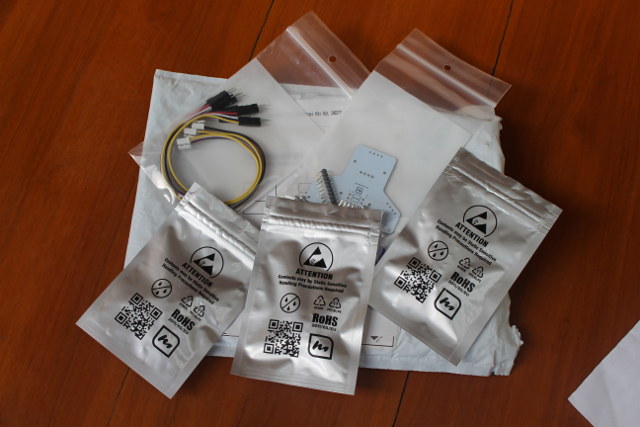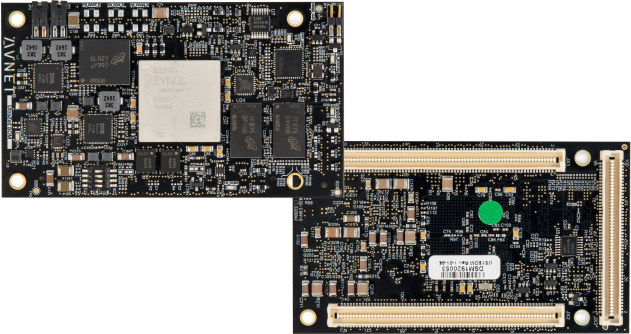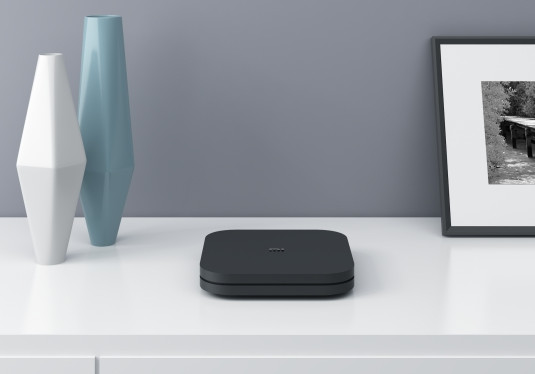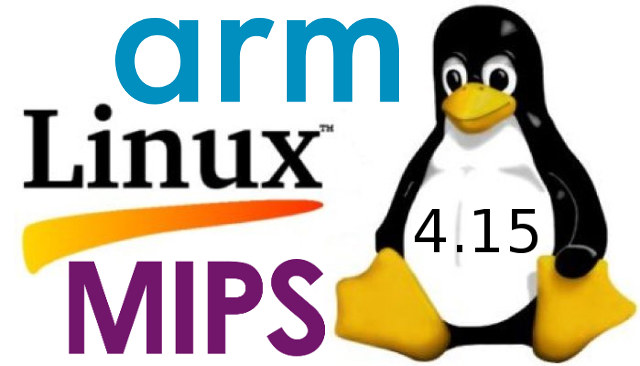As expected, Pine64 has now launched Pine H64 development board, powered by Allwinner H6 quad core processor, and contrary to Orange Pi H6 boards, it exposes both Gigabit Ethernet, and a USB 3.0 port, which should please people wanting fast storage combined with Gigabit Ethernet. The board comes in three variants with 1, 2 or 3GB of memory, with all also equipped with a mini PCIe interface, and various I/O headers. Pine H64 specifications: SoC – Allwinner H6 quad core Cortex A53 processor with Arm Mali-T720MP2 GPU System Memory – 1, 2 or 3GB LPDDR3 PC-1600 RAM Storage – 128 Mbit SPI flash, micro SD card slot, and eMMC flash module connector (all bootable) Video Output – HDMI 2.0a up to 4K @ 60 Hz Audio – HDMI audio output, Video Decoding – 10-bit H.265 up to 4K @ 60 fps, VP9 and H.264 up to 4K @ 30 fps […]
Intel Gemini Lake NUC7CJY/NUC7PJY Kits and Mini PC Specifications Released
Based on Intel NUC 2018/2019 roadmap published, we expected the first Intel Gemini Lake NUC mini PC to launch right at the end of 2017, but there’s been some delays. Since then we’ve learned Gemini Lake mini PC from third parties should launch around the end of March / beginning of April, and the official Intel GLK NUCs might launch around that time frame, or maybe a little earlier, because today, I’ve been informed the specifications for NUC7CJY/NUC7PJY kits and mini PC had been released on Intel website. Both variants have basically the same specifications expect NUC7CJY comes with a Celeron processor, and NUC7PJY with a Pentium Silver processor: SoC Intel NUC Kit NUC7CJYH / Intel NUC Mini PC NUC7CJYS – Dual core Intel Celeron J4005 processor @ 2.0 GHz / 2.70 GHz (Turbo) with 4MB cache, Intel HD Graphics 600; up to 10 TDP Intel NUC NUC7PJYH – Quad […]
Evercell Thermal Energy Harvester to Power Battery-less IoT Wireless Sensors
In order to be successful the Internet of Things needs to be extremely inexpensive per node, and the problem is that most remote sensors are non powered by batteries, which either needs to be replaced or recharged, which involve maintenance costs. One ideal solution is battery-less IoT sensor nodes, that do not need any battery, and instead rely on energy harvesting. The idea is easier said that done, especially if you intend to do it cheaply. While there have been solutions provided over the years for example using vibration energy harvesting or water flow, battery-less devices are still not that common, but companies still bring new energy harvesting devices to market. One of those is Face International’s Evercell thermal energy harvester that leverages the temperature difference within a material to generate electricity, as long as ambient temperature is above absolute zero. The company plans to manufacture various models of their […]
Digi Introduces XBee3 IoT Modules with New Micro Form Factor, RF and Cellular IoT Connectivity
Digi International has just announced the Digi XBee3 series of RF modules and cellular IoT modules. The modules will be available in the existing Digi XBee SMT amd through-hole form factor, as well as a new micro form factor (19×13 mm) that’s about a third of the size of the original XBee RF module. The RF modules will first come with ZigBee 3.0 and IEEE 802.15 support, but Bluetooth LE will be available through a firmware update later on, and WiFi and DigiMesh version will be brought to markets too. The first cellular module supports LTE Cat.1, but the company will eventually launch NB-IoT and eMTC (LTE Cat M) versions for Europe and the US respectively. Some of the shared key capabilities listed by the company: Over-the-air (OTA) changes to devices in the field for bug fixes and new features Dynamically reconfigurable, based upon situation Establish business rules to aggregate, store, […]
Getting Started with TinyLIDAR Time-of-Flight Sensor on Arduino and Raspberry Pi
TinyLIDAR is an inexpensive and compact board based on STMicro VL53L0X Time-of-Flight (ToF) ranging sensor that allows you to measure distance up to 2 meters using infrared signals, and with up to 60 Hz. Contrary to most other VL53L0X boards, it also includes an STM32L0 micro-controller that takes care of most of the processing, frees up resource on your host board (e.g. Arduino UNO), and should be easier to control thanks to I2C commands. The project was successfully funded on Indiegogo by close to 600 backers, and the company contacted me to provided a sample of the board, which I have now received, and tested with Arduino (Leonardo), and Raspberry Pi (2). TinyLIDAR Unboxing I was expecting a single board, but instead I received a bubble envelop with five small zipped packages. Opening them up revealed three TinyLIDAR boards, the corresponding Grove to jumper cables, and a bracket PCB for […]
UltraZed-EG SoM and Starter Kit Feature Xilinx Zynq UltraScale+ ZU3EG MPSoC
Xilinx Zynq UltraScale+ Arm Cortex A53 + FPGA MPSoCs were announced in 2015, with actual products launched in early 2017 such as AXIOM development board or Trenz Electronic TE0808 UltraSOM+ system-on-module which are based on the ZU9EG model, and cost several thousand dollars. Recently, I wrote about Mycroft Mark II smart speaker based on a “quad core Xilinx processor”, and initially I assumed it was an Zynq UltraScale+ MPSoCs since those are the only Xilinx “quad core processors” I know of, but now I think it must be an unannounced part, since the company can’t provide the exact part number, and the price would be too low. Nevertheless, this lead me to check out if there was any lower cost boards based Xilinx Zynq UltraScale+ MPSoC with four Arm Cortex A53 cores, and ZU2EG is the entry-level part that matches this description. I could not find a ZU2EG development board, […]
Xiaomi Mi Box 4 & 4C 4K HDR TV Boxes Launched with Amlogic S905L Processor
Remember Amlogic S905L Processor? Me neither, but I wrote about it in September 2016, with the processor being an updated version of Amlogic S905X without VP9 support, and adding HDMI 2.0b output with support for Hybrid Log Gamma (HLG) HDR. One reason most people won’t remember it is because so far, no TV boxes featured the processor, but this has now changed with Xiaomi introduced Mi Box 4 & 4c TV boxes for the Chinese market. Xiaomi Mi Box 4c is the entry level model (Black color), and Mi Box 4 is slightly higher end with more memory and Bluetooth (White color), but both devices share most of the same specifications: SoC – Amlogic S905L quad core ARM Cortex-A53 @ up to 1.5GHz with penta-core Mali-450MP GPU @ up to 750 MHz System Memory Mi Box 4c – 1GB RAM Mi Box 4 – 2GB RAM Storage – 8GB eMMC […]
Linux 4.15 Release – Main Changes, Arm and MIPS Architectures
Linus Torvald has released Linux 4.15 last Sunday: After a release cycle that was unusual in so many (bad) ways, this last week was really pleasant. Quiet and small, and no last-minute panics, just small fixes for various issues. I never got a feeling that I’d need to extend things by yet another week, and 4.15 looks fine to me. Half the changes in the last week were misc driver stuff (gpu, input, networking) with the other half being a mix of networking, core kernel and arch updates (mainly x86). But all of it is tiny. So at least we had one good week. This obviously was not a pleasant release cycle, with the whole meltdown/spectre thing coming in in the middle of the cycle and not really gelling with our normal release cycle. The extra two weeks were obviously mainly due to that whole timing issue. Also, it is […]

